The Sling Fired Further Than a Bow, But It Also Had Its Drawbacks

Contents
In ancient times, it was a hunting tool that could inflict a fatal blow when used correctly. The sling has used in a number of cultures and armies throughout history. However, the most famous work to this day is the biblical David, who defeated the giant Goliath with this small (throwing) weapon.
The Sling Used to Have a Different Form
In history, we can find two types of slings, namely fork and throwing called a shepherd. A large number of us encountered the first version, almost every child tried to make one and annoy friends or neighbours with it. Many people don't know of the shepherd's sling. Its use is diametrically different and many times more difficult.
The basis of a shepherd's sling is a pocket or a small bowl, from which two arms extend on each side, from which the sling is held. Additionally, the pocket can be made from the same material as the arms, or the entire sling can even be a single weapon. The shooter then inserts a projectile into the pocket. It can be a stone, a metal or clay ball or simply anything that is at hand at that moment. Then just grab the arms, swing the sling and release one of the arms. Such a movement ejects the projectile. This is due to the rotation, due to which the sling opens and launches the projectile in the desired direction.
Both Sling Versions Have a Few Things in Common
Firstly, they are underestimated for their size and ease of use. People don't expect you to endanger them with such a small weapon, and with the right shot, you can easily deprive them of their sight. Another common element is the fact that you can increase your own strength several times over with a sling. Therefore, you can throw the projectile at a much greater distance than you could with arm force.
The sling's big advantage is, in addition to its inconspicuousness, also the fact that it is simple to manufacture, you can easily hide it and you can use practically any object as a projectile. Therefore it's not demanding on ammunition.
Sling Materials Have Changed Throughout History
In ancient times, slings were mainly made from three materials. The first was flax, whereby solid cords were woven, then also hemp strips of fabric and wool yarn. The advantage of flax and hemp was their resistance to wear, the privilege of wool is its lightness and allegedly better handling. The length of the arms themselves also varied, mainly due to the use. However, the minimum span of both arms of the shepherd sling was at least 1.25 metres.
Shooters usually used smooth river stones as ammunition. Their weight again varied according to the purpose of use and the sling's size. To increase the range accuracy, some armourers began to create projectiles from ceramics or lead, which the shooter could best hit the target. The weight of projectiles varied, but it can be said that they fired with ammunition from fifty grammes to a half kilogramme in weight. Such large stones often had the ability to kill.
Slings Were Also Used by Armies in Combats
It should be noted that we're not talking about a boy's toy, but about a full-fledged weapon, whereby its use and especially its shooting accuracy required considerable training. At the beginning of the army, for example, they used slings as backup weapons in case a more proven bow failed. Later, however, troops began to create individual rifle divisions of ancestors, for example, as we know from the Hussite wars.
The reason for the sling's popularity was several of its advantages. Sling shooting was more inconspicuous and used a high ballistic trajectory that had an effective range of 200 metres. Often, bows only had half the range, so why not use the moment of surprise and build an archery unit with slings behind the archers with bows? Another indisputable advantage was the simple and above all cheap production, minimal space requirements and the fact that the ammunition were under the shooters' feet, wherever they were.
On the other hand, some historians describe that creating a section of sling shooters was more difficult than forming an archers' unit. Each shooter needs their own space in which the weapon is handled, and with a shepherd‘s sling this space is much larger than with a bow. In the same way, it wasn't possible to build a multi-row formation, because the men on the back row would probably send projectiles into the backs of their comrades.
Today's Sling
If you want to shoot, you probably won't have to make your own slings. Nevertheless, on the internet you'll find many ways of making a simple sling so it's aesthetic as well as accurate. If you really fall in love with shooting, you can also look at the sports sling variant and start practicing the shooting range technique.

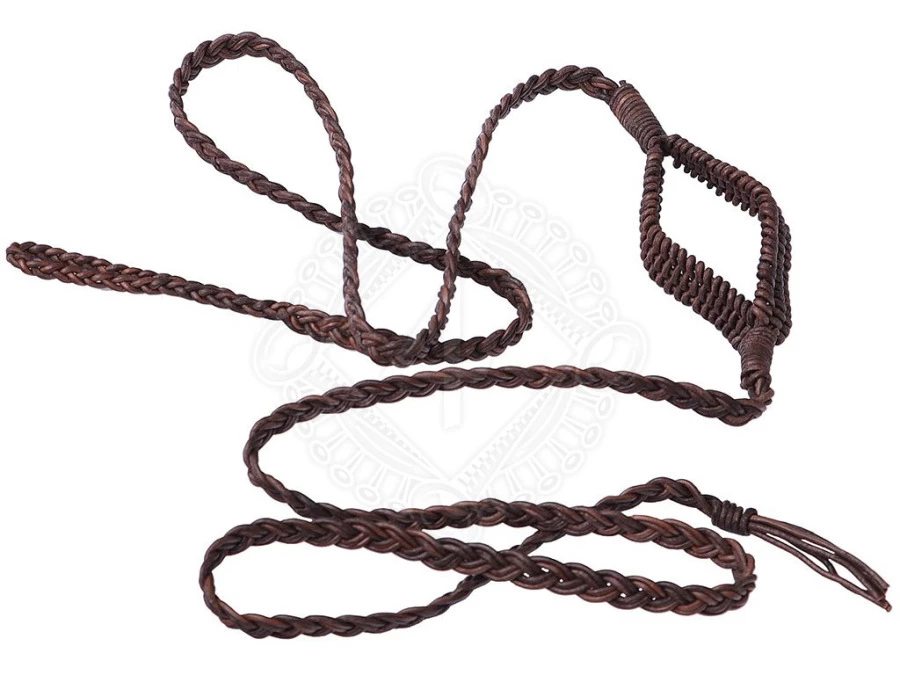
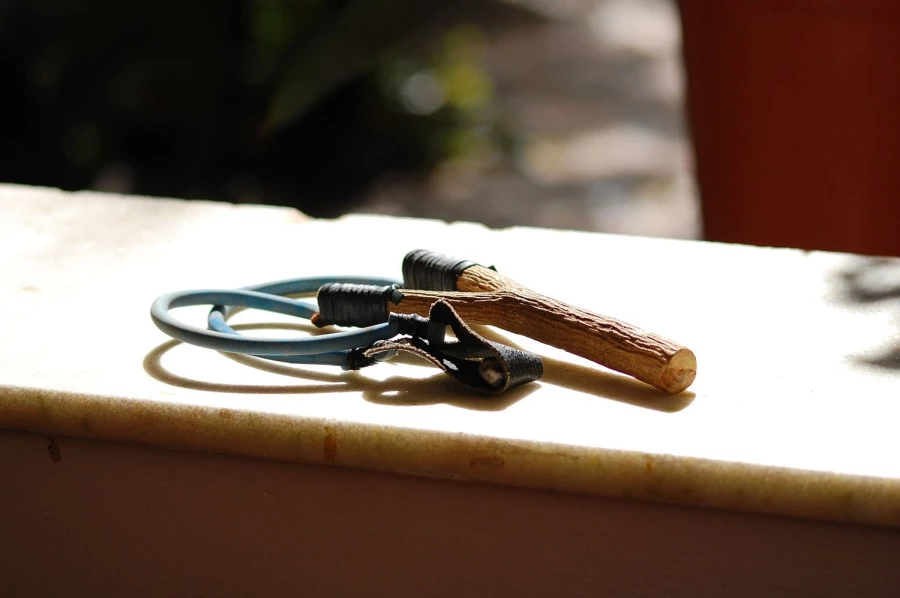
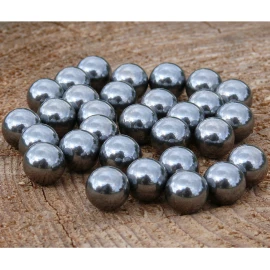
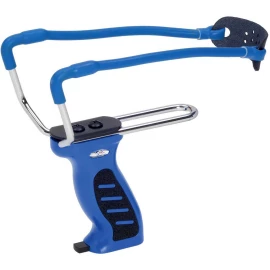
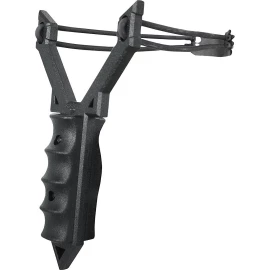
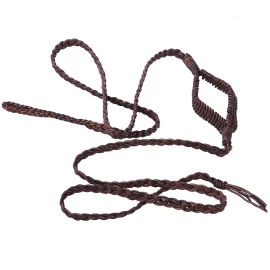
Comments